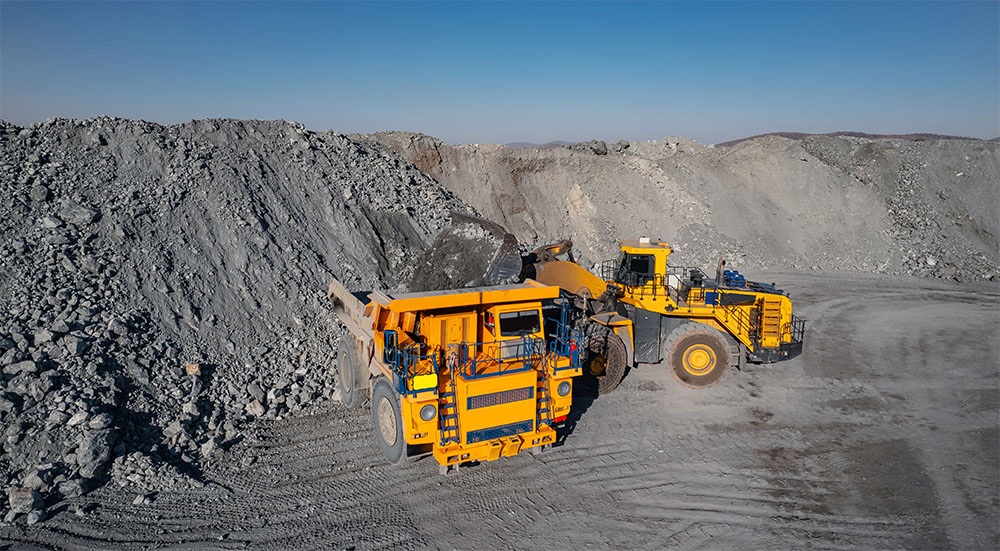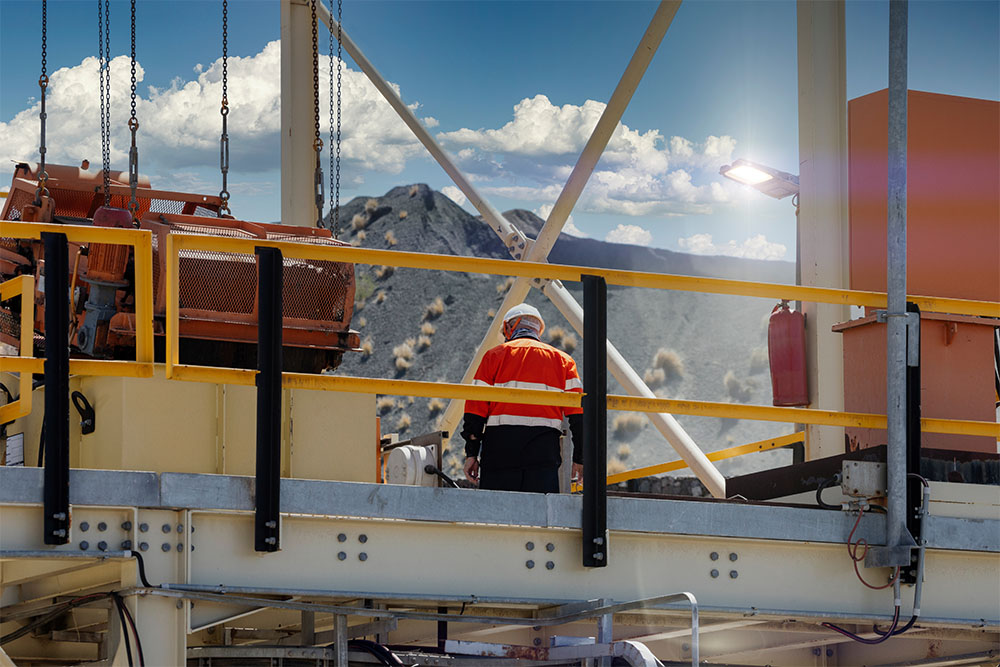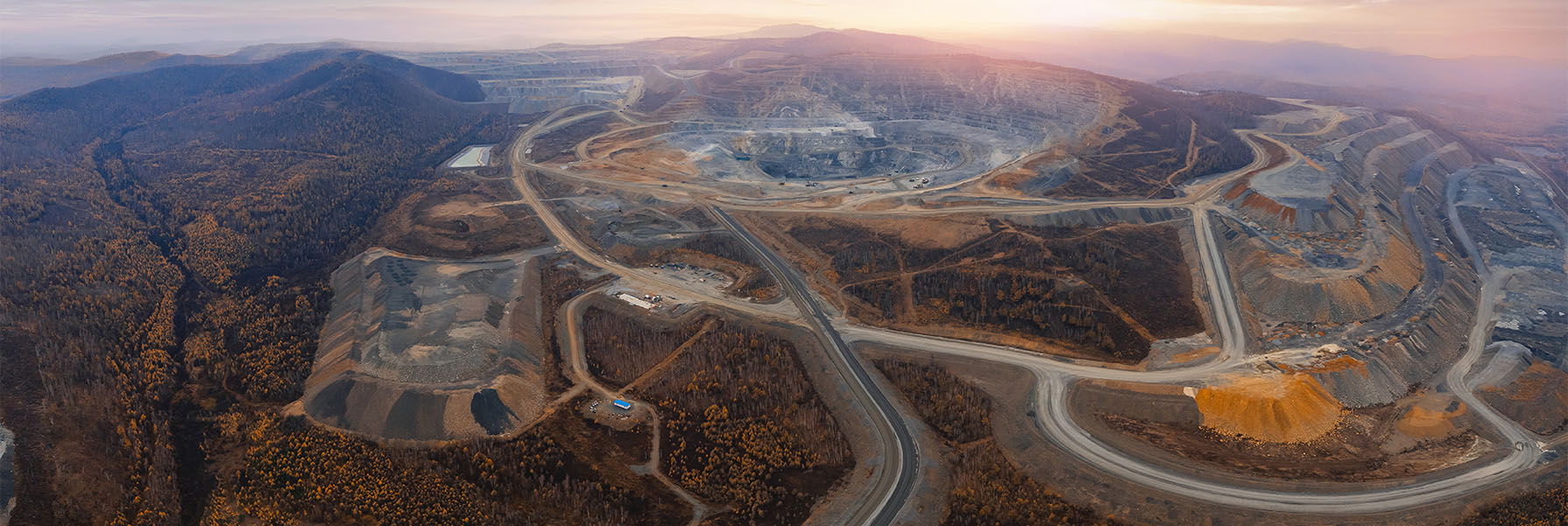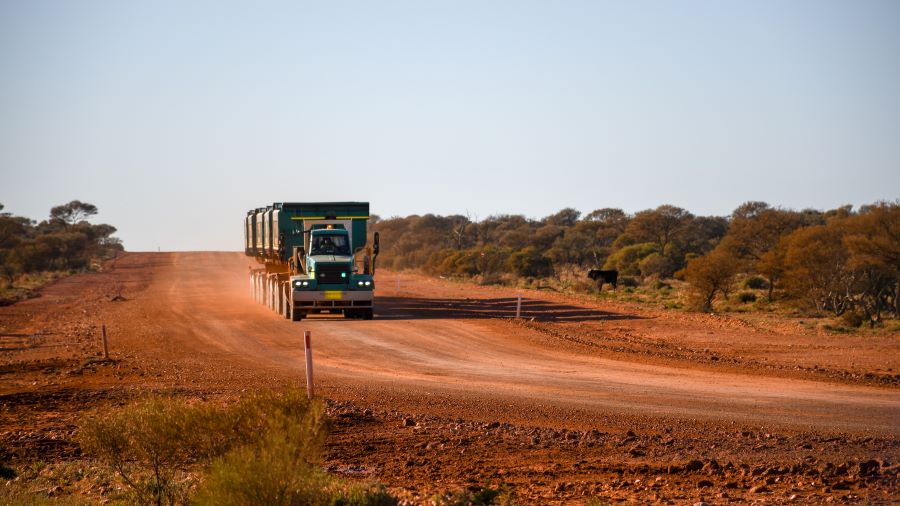When the new CEO of a Saudi mining company assessed their operations in 2024, one challenge stood out above all others: people. The company had secured new exploration licenses and was poised for ...
When a global mining company needed to fill dozens of leadership roles across three continents simultaneously, they discovered that traditional recruitment approaches weren’t enough for remote, high-risk locations.
With three major projects underway (a greenfield mine in Pakistan, a restart in Papua New Guinea, and a major expansion in Zambia), talent acquisition became a priority. These locations can be hard to recruit for, on top of an already competitive mining labour market.
But, they successfully worked through the complex recruitment challenges in each region by strengthening their internal recruitment capability to find high-quality candidates at all three operations. Here’s how they did it:
The challenge: Scaling leadership in high-risk locations
As the miner planned to restart its operation in PNG, they faced a perfect storm of talent acquisition challenges. They required many critical hires but didn’t yet have an organisational structure in place.
“Being a restart, naturally there was no internal structure in place, no org chart and the commentary was ‘We need people now,’” explains Nathan de Jong, APAC Regional Manager at Globe 24-7.
“They knew they needed the right talent networks, talent acquisition processes, and the capability to meet those needs quickly but they didn’t yet have that in place internally.”
The mine restart demanded immediate senior management-level candidates for essential roles like Operations Manager and Head of Security—positions that would make or break the project’s progress.

At the same time, the company was also working on an even greater staffing challenge: a large greenfield development in Pakistan. This ambitious project required building an entire management layer from scratch in one of mining’s most challenging jurisdictions.
Additionally, in Zambia a large expansion of their copper mine was underway. This ambitious project to double the process plant capacity required thousands of experienced, skilled workers including Mining Engineers, Metallurgists, and Senior Managers.
Across all projects, this miner encountered four interconnected challenges that threatened to derail their timelines:
Resource constraints
During early-stage project setup, the company’s internal bandwidth was stretched thin. With limited talent acquisition infrastructure in place at either location, the pressure fell on an already full-capacity global team.
Talent attraction barriers
A challenging aspect was figuring out how to attract top mining management to work in locations with security challenges and limited infrastructure. From a recruitment standpoint, Pakistan is tricky—salaries are at the lower end of the competitive scale, security is a concern, and there’s limited local mining capability in the region.
It’s similar at the mine site in PNG, it’s a tough site to operate with heavy rainfall conditions in a region that has experienced political instability over recent decades. While in Zambia, there is fierce competition for local talent. A number of large mines operate in the area, all fighting to attract the same people to work there.
Complex structure
“The challenge with international projects like this is how dispersed decision-making tends to be, and this can be common with Tier 1 miners,” Nathan explains. “For example, a department head might be based in the UK, and even after the GM signs off, decisions still need to go through global layers. They have very high standards, and we need to be critical around the quality of the candidates we put forward.”
Our recommendations: A strategic approach
When the business approached us, we analysed the complexities of each project and made four recommendations:
1. Work with mining industry recruitment specialists
Rather than working with generalist recruiters, we recommended that they should partner with a company that can bring both technical mining knowledge and global sourcing capabilities. This industry-specific expertise is crucial when evaluating candidates for highly specialised roles.
“This type of talent acquisition only works well when the team you partner with has deep mining experience,” Nathan says. “If you throw someone in without that background they will struggle. It will cost the client time and money and, ultimately, the client won’t get the result they need. We’ve demonstrated our value because we understand the industry, the people, and their motivations—especially in tough or risky locations.”
2. Take a leadership first approach
We suggested that they prioritise the leadership team hires and key functional heads to create alignment that would cascade through the organisation. This top-down approach would accelerate decision-making and improve team cohesion as hiring scaled.
3. Research the employment market for useful data
We recommended they gather real-time candidate feedback to identify the best way to position themselves as an employer-of-choice and to allow them to modify elements that aren’t working for them.
“A good recruitment firm will help feedback that market information and educate the internal recruitment team about market perception—how people view the brand, the salaries, the risks, and what their unique selling points are,” notes Nathan. “That feedback loop is a key aspect to attract and retain talent.”
For the Zambia expansion, we proposed an HR consulting project to understand which local companies were competing with them for the same roles so that they could differentiate and explore different regions as a source of candidates.
4. Design a streamlined yet rigorous process
We understood that candidates for remote, high-impact roles expected a smooth, transparent recruitment process, while internal stakeholders required thorough screening and assessment. We recommended they create new governance structures and stakeholder communication processes to achieve this balance across multiple time zones and divisions.
Measurable outcomes
After implementing our recommendations, the business began to successfully recruit the key people they needed to complete these challenging projects. Their strong results included:

Leadership foundation set up
In Pakistan, they are currently sourcing more than 30 new leadership roles, covering the entire on-site management team under the newly appointed General Manager. In PNG, critical positions including Operations Manager, Security Manager, and Mineral Resources Manager were filled, enabling the safe and efficient restart of operations.
“We proved ourselves through 10–15 earlier hires, then we were awarded the entire management team to hire. That level of trust—being handed the entire management team—is a big deal. It’s the difference between success and failure for their operation.”
Unique localised approaches
Every region and operation needs to adjust to local conditions. For the Zambian operation, our market research project uncovered a new strategy: find Zambian professionals working around the world at other mines and attract them to come home to work on this exciting project. By being more clear about their EVP and why people would want to work there, they could also align contractors with the vision so everyone had a unified recruitment approach.
Expanded partnership and trust
What began as a request for targeted assistance evolved into a comprehensive partnership. After seeing the results of our recommendations and talent acquisition work, the company expanded the relationship with Globe to include a formalised RPO covering 30+ positions across Pakistan and increased scope at its other sites.
“In Pakistan, we now handle the full recruitment process end-to-end, we have taken this burden off our clients’ hands and keep them informed with weekly meetings, regular reports, and we regularly discuss market feedback and intel about the project,” explains Nathan.
More recruitment visibility
Our recommended transparent weekly reporting on time-to-fill, pipeline volume, and candidate status, gives the miner full visibility and control throughout the process, which is essential for maintaining stakeholder confidence during periods of intense scrutiny.
Less operational risk
Perhaps most importantly, by following our recommendation to secure the right talent at the right time, the business progressed toward their construction, commissioning and operational milestones with confidence.
“In PNG, without those key leadership hires, such as the Operations Manager, they couldn’t hit their restart milestones,” notes Nathan. “They tested our approach, and when it delivered results, they expanded the partnership.”
Strategic talent acquisition is a competitive advantage
This gold miner’s experience shows that by partnering with a proven talent acquisition partner you can overcome the significant challenges of building high level technical teams in remote, high-risk locations.
“Global reach is key,” explains Nathan. “Not many companies can say they’ve done this at scale in so many unique locations. We speak multiple languages, have deep technical mining knowledge, and understand the landscape and what’s required.”
When competing for the same talent as other major mining companies around the world, better recruitment processes and stronger internal alignment can create a competitive edge that allows you to recruit experienced people quickly.




